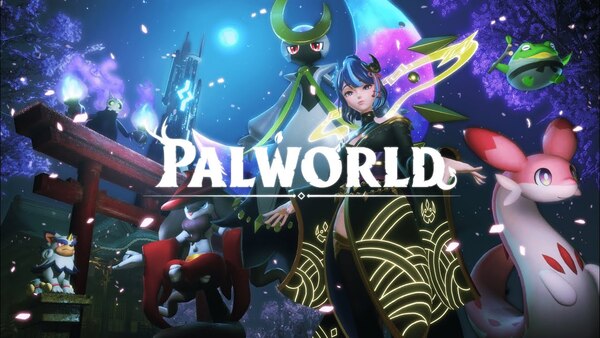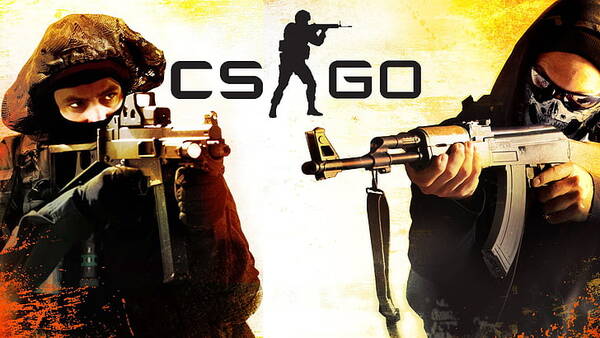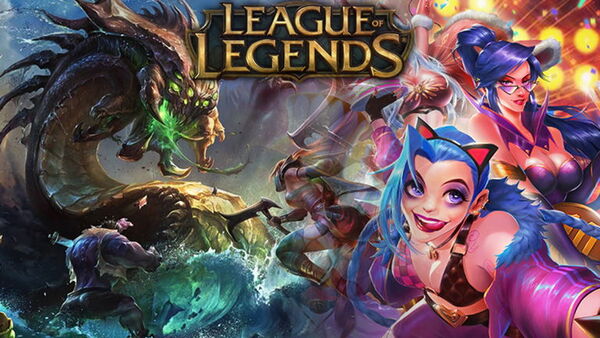Advertisement
Popular Now
Overwatch, Blizzard Entertainment's team-based first-person shooter, has garnered a massive player base since its release in 2016. While the game is celebrated for its vibrant characters, strategic depth, and engaging gameplay, it has also been plagued by a persistent issue: player toxicity. This article explores the evolution of toxicity in Overwatch, examining its causes, impacts on the community, and the measures taken by Blizzard to address the problem.
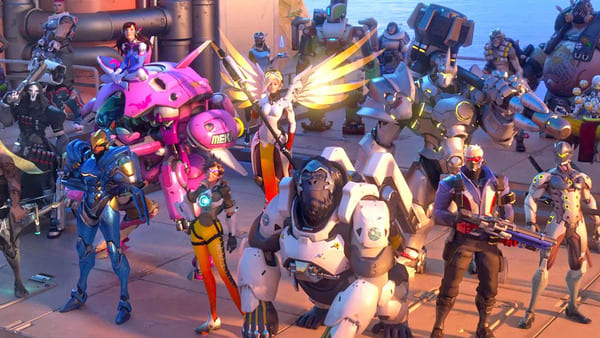
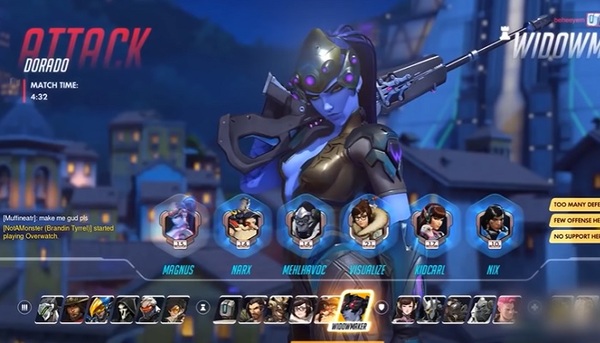 The effects of toxicity extend beyond individual players; they can have a profound impact on the game's community. For many, experiencing or witnessing toxic behavior can lead to diminished enjoyment and increased anxiety while playing. This can discourage casual players from engaging with the competitive mode, resulting in a less diverse player base.
Additionally, toxicity can create a vicious cycle. New players encountering hostile environments may leave the game, leading to a community that feels more hostile overall. This cycle perpetuates a culture where toxicity thrives, making it challenging for Blizzard to cultivate a positive community.
The effects of toxicity extend beyond individual players; they can have a profound impact on the game's community. For many, experiencing or witnessing toxic behavior can lead to diminished enjoyment and increased anxiety while playing. This can discourage casual players from engaging with the competitive mode, resulting in a less diverse player base.
Additionally, toxicity can create a vicious cycle. New players encountering hostile environments may leave the game, leading to a community that feels more hostile overall. This cycle perpetuates a culture where toxicity thrives, making it challenging for Blizzard to cultivate a positive community.
 Community moderation has become an increasingly important aspect of managing toxicity in Overwatch. Blizzard has encouraged players to take an active role in promoting a positive environment through community guidelines and standards. This shift acknowledges that the responsibility for maintaining a healthy community lies not only with developers but also with players themselves.
Initiatives such as mentorship programs, where experienced players guide newcomers, have emerged. These programs aim to foster a welcoming atmosphere and reduce the likelihood of toxic encounters. By empowering the community to take ownership of its culture, Blizzard hopes to create a more positive environment.
Community moderation has become an increasingly important aspect of managing toxicity in Overwatch. Blizzard has encouraged players to take an active role in promoting a positive environment through community guidelines and standards. This shift acknowledges that the responsibility for maintaining a healthy community lies not only with developers but also with players themselves.
Initiatives such as mentorship programs, where experienced players guide newcomers, have emerged. These programs aim to foster a welcoming atmosphere and reduce the likelihood of toxic encounters. By empowering the community to take ownership of its culture, Blizzard hopes to create a more positive environment.

The Rise of Overwatch and Initial Community Dynamics
Upon its launch, Overwatch quickly became a cultural phenomenon. The blend of diverse characters, cooperative gameplay, and fast-paced action attracted millions of players. Initially, the community was characterized by a sense of camaraderie and excitement, with many players eager to explore the game’s various roles and strategies. However, as the competitive scene grew and players sought to improve, competitive toxicity began to emerge. The pressure to perform at higher ranks led to frustration, and the game’s design—where teamwork is essential—made players more susceptible to blaming teammates for perceived failures.The Nature of Toxicity in Overwatch
Toxicity in Overwatch manifests in various forms, including verbal abuse, harassment, and intentional sabotage. Players often resort to negative behavior when they feel their teammates are underperforming or when matches do not go as planned. This behavior can lead to a toxic environment, discouraging new players and affecting overall morale. In Overwatch, the role of communication is significant. Text and voice chat can foster teamwork but also provide a platform for negativity. Players often express frustration through insults or toxic remarks, which can escalate tensions during gameplay.Impact on Player Experience
 The effects of toxicity extend beyond individual players; they can have a profound impact on the game's community. For many, experiencing or witnessing toxic behavior can lead to diminished enjoyment and increased anxiety while playing. This can discourage casual players from engaging with the competitive mode, resulting in a less diverse player base.
Additionally, toxicity can create a vicious cycle. New players encountering hostile environments may leave the game, leading to a community that feels more hostile overall. This cycle perpetuates a culture where toxicity thrives, making it challenging for Blizzard to cultivate a positive community.
The effects of toxicity extend beyond individual players; they can have a profound impact on the game's community. For many, experiencing or witnessing toxic behavior can lead to diminished enjoyment and increased anxiety while playing. This can discourage casual players from engaging with the competitive mode, resulting in a less diverse player base.
Additionally, toxicity can create a vicious cycle. New players encountering hostile environments may leave the game, leading to a community that feels more hostile overall. This cycle perpetuates a culture where toxicity thrives, making it challenging for Blizzard to cultivate a positive community.
Blizzard’s Initial Responses
Recognizing the issue, Blizzard began implementing measures to combat toxicity soon after Overwatch's release. Early interventions included reporting systems and penalties for players exhibiting negative behavior. These measures aimed to create accountability and deter players from engaging in toxic actions. However, the effectiveness of these measures was mixed. While reporting systems allowed players to report toxicity, the immediate consequences were often insufficient to deter negative behavior. Players frequently felt that toxic individuals faced little to no repercussions, leading to continued frustration within the community.Community Reactions and Feedback
The Overwatch community has been vocal about its concerns regarding toxicity. Players frequently express their frustrations on forums, social media, and streaming platforms. This feedback has prompted Blizzard to reevaluate its approach to addressing toxicity and consider additional measures to improve the player experience. Moreover, community-driven initiatives have emerged. Players often advocate for a more respectful environment through campaigns and discussions, aiming to promote sportsmanship and collaboration. These grassroots movements have highlighted the importance of community involvement in addressing toxicity.Enhanced Reporting and Penalty Systems
In response to player feedback, Blizzard introduced enhanced reporting systems and penalty mechanisms. These improvements included stricter consequences for toxic behavior, such as temporary bans and account restrictions. Additionally, Blizzard implemented a "Feedback" system that allows players to receive information about the outcomes of their reports. These measures aimed to create a stronger deterrent against toxic behavior. Players were encouraged to report negativity, knowing that their feedback could lead to tangible consequences for offenders. However, the effectiveness of these changes varied, as some players continued to report feelings of ineffectiveness in the system.Competitive Integrity and Rank Reset
As the competitive scene developed, issues of toxicity became intertwined with the integrity of ranked play. Blizzard recognized that toxic behavior could significantly impact matchmaking and rank stability. To address this, they introduced stricter measures surrounding rank resets and matchmaking algorithms. The goal was to ensure that players were matched based on their skill level and behavior. By incorporating behavior metrics into matchmaking, Blizzard aimed to create a more balanced and enjoyable experience. However, the implementation of these systems raised questions about fairness and accuracy, as players debated the effectiveness of behavior-based matchmaking.The Role of Community Moderation
 Community moderation has become an increasingly important aspect of managing toxicity in Overwatch. Blizzard has encouraged players to take an active role in promoting a positive environment through community guidelines and standards. This shift acknowledges that the responsibility for maintaining a healthy community lies not only with developers but also with players themselves.
Initiatives such as mentorship programs, where experienced players guide newcomers, have emerged. These programs aim to foster a welcoming atmosphere and reduce the likelihood of toxic encounters. By empowering the community to take ownership of its culture, Blizzard hopes to create a more positive environment.
Community moderation has become an increasingly important aspect of managing toxicity in Overwatch. Blizzard has encouraged players to take an active role in promoting a positive environment through community guidelines and standards. This shift acknowledges that the responsibility for maintaining a healthy community lies not only with developers but also with players themselves.
Initiatives such as mentorship programs, where experienced players guide newcomers, have emerged. These programs aim to foster a welcoming atmosphere and reduce the likelihood of toxic encounters. By empowering the community to take ownership of its culture, Blizzard hopes to create a more positive environment.











